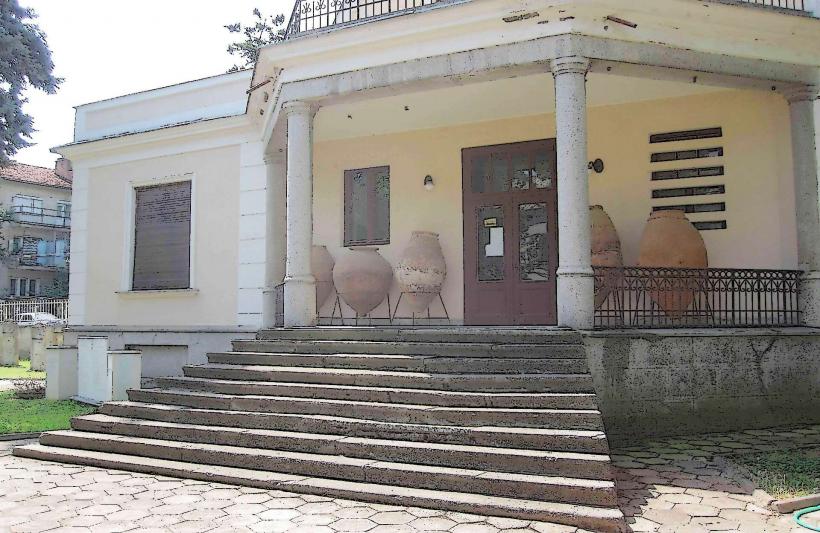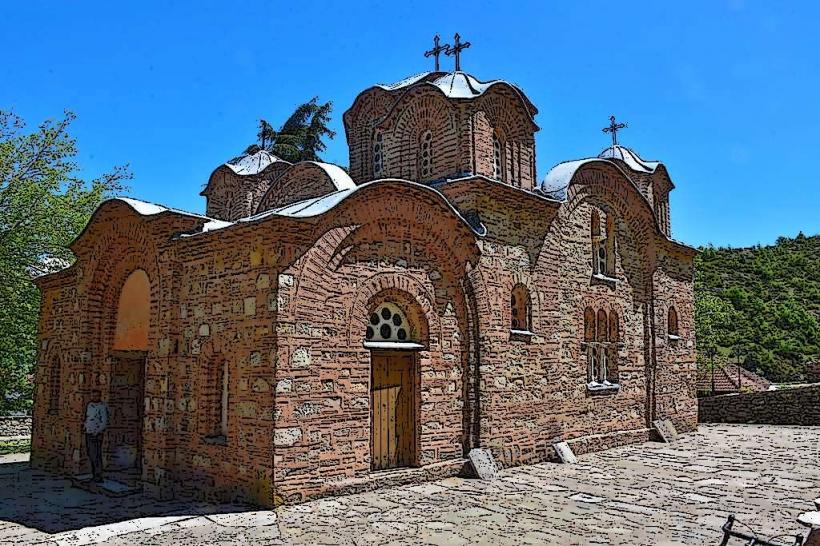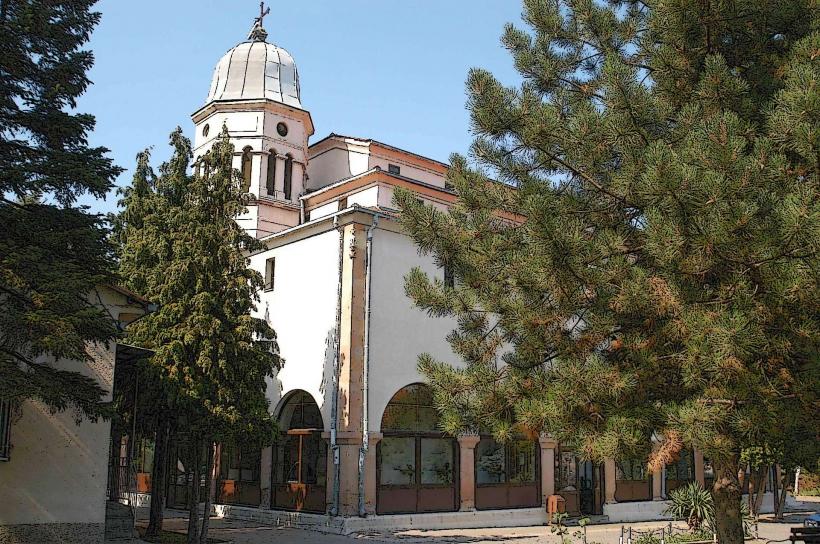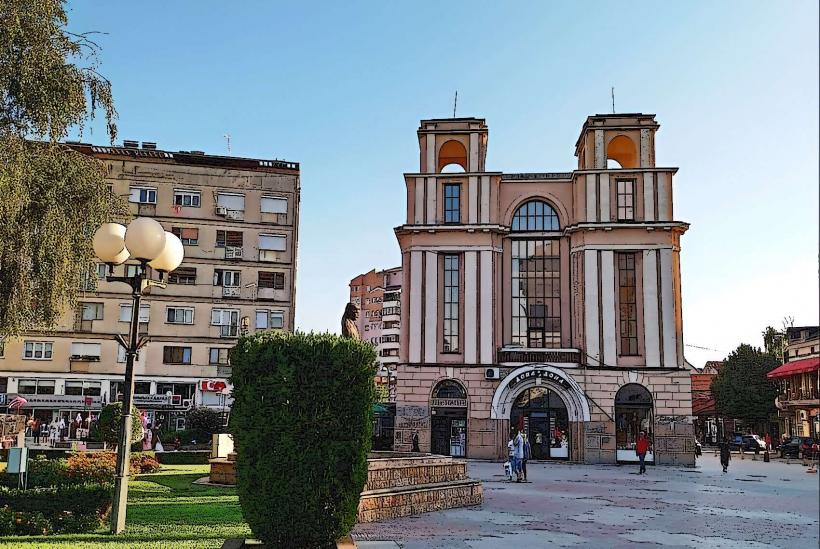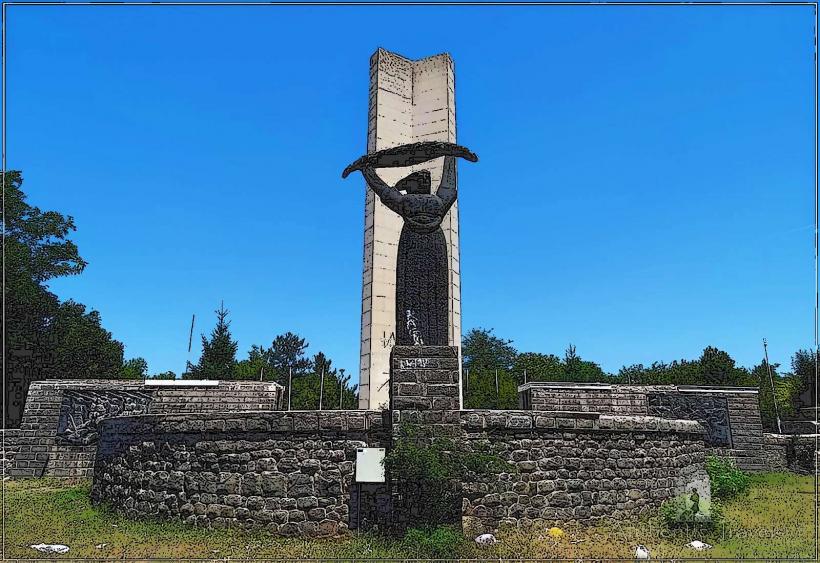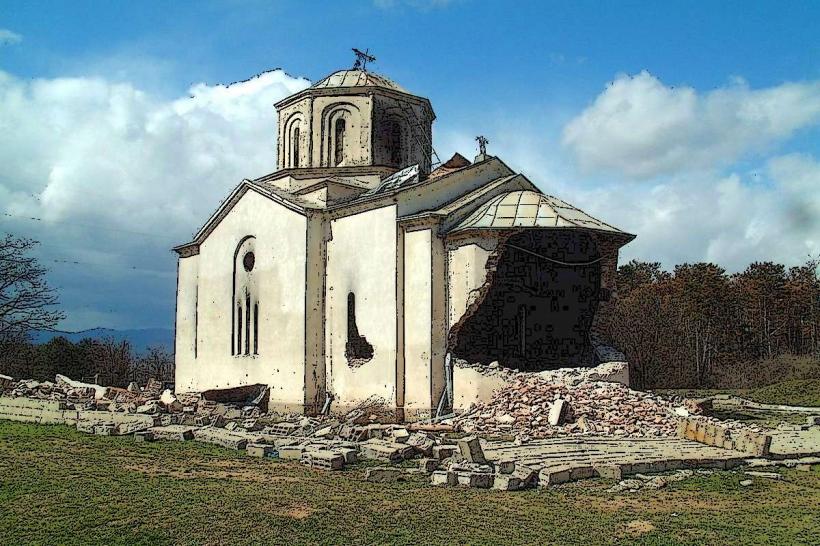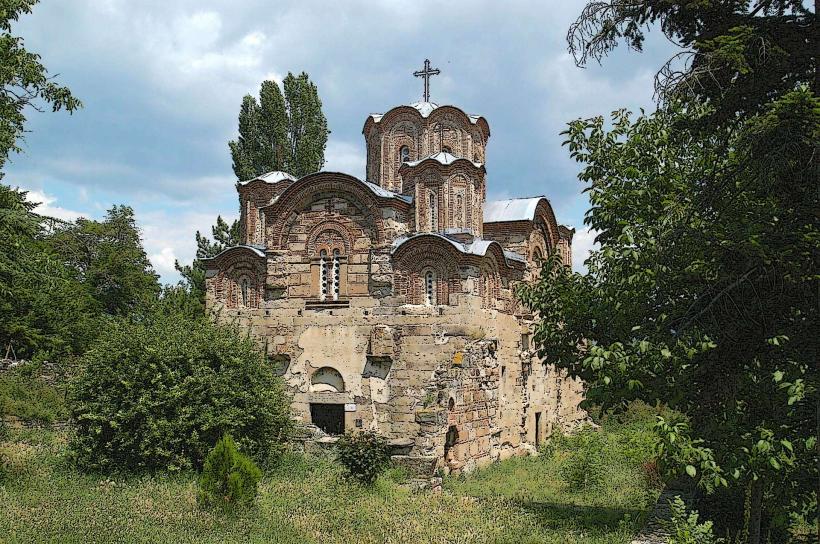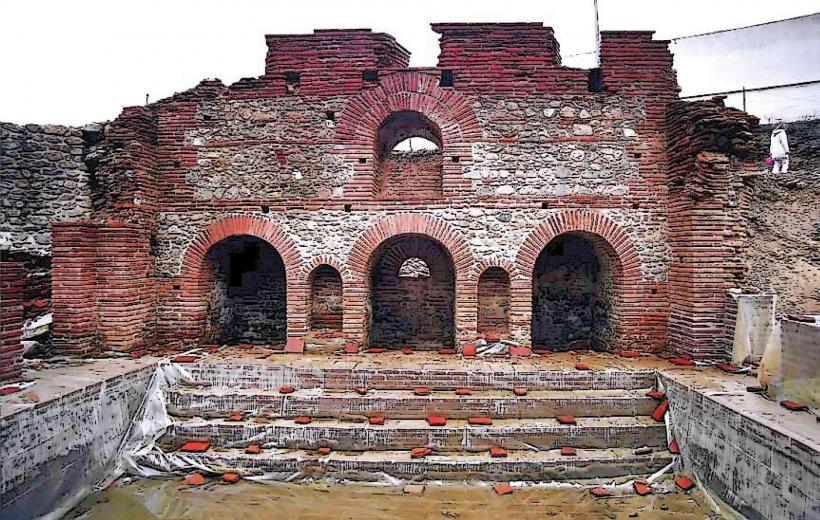Information
Landmark: Kumanovo FortressCity: Kumanovo
Country: North Macedonia
Continent: Europe
The Kumanovo Fortress is a historical site located near the city of Kumanovo, in the northeastern part of North Macedonia. This fortress, also known as Kumanovo Castle or Kumanovo Hill, is an important cultural and archaeological landmark in the region, offering insight into the area's strategic and military history.
Location and Accessibility:
- The Kumanovo Fortress is situated on a hill, overlooking the city of Kumanovo. The strategic location of the fortress provided a commanding view of the surrounding plains, making it a key defensive site throughout various historical periods.
- The site is easily accessible from the city center and attracts both local and international visitors interested in the historical significance of the area.
Historical Significance:
The Kumanovo Fortress has a rich and layered history, with evidence suggesting it was used for military and defensive purposes in multiple periods. It reflects the historical importance of the Kumanovo region, which has been a crossroads of different empires and civilizations.
Ancient and Medieval History:
- Although the fortress’s origins are not fully documented, it is believed to have been built during the Roman or Byzantine period, with subsequent expansions and reconstructions during the medieval and Ottoman eras.
- It likely served as a stronghold to defend the region from invaders, especially during the turbulent times of the Balkan Wars and Ottoman rule.
- The structure of the fortress and its positioning suggest it was part of a network of defensive fortifications that controlled key routes in the region, guarding against military incursions from both the east and the west.
Ottoman Period:
- During the Ottoman Empire's rule over the Balkans, Kumanovo Fortress likely played a significant role as a military outpost. However, over time, the fortress was abandoned or repurposed for other uses, and many of its original structures have deteriorated.
- The Ottomans often built or adapted existing fortifications to serve as defense posts against uprisings or attacks from neighboring kingdoms, and the Kumanovo Fortress may have been part of this broader defensive strategy.
Balkan Wars and World War I:
- The fortress continued to hold military importance through the Balkan Wars and World War I, given its vantage point and strategic location in the region. It likely played a role in the defense during these periods of conflict, although much of its use in these later wars remains unclear.
Architecture and Structure:
- The Kumanovo Fortress is characterized by its fortified walls, watchtowers, and gates, which are typical of fortresses from various periods of history, including the Roman and Byzantine eras. The design of the fortress reflects the military needs of the time, with features designed to provide defense and surveillance over the surrounding landscape.
- Today, parts of the fortress are in ruins, but visitors can still see remnants of its walls and defensive structures. The site offers panoramic views of the town of Kumanovo and the surrounding plains, which would have been crucial for military operations.
Archaeological Discoveries:
- The Kumanovo Fortress has yielded a variety of archaeological findings that shed light on the region's history. Artifacts discovered at the site include pottery, coins, weapons, and other relics that date back to the Roman, Byzantine, and Ottoman periods.
- Excavations at the fortress have revealed much about the daily life of the people who once lived there, as well as the military significance of the site in various historical contexts.
Cultural and Tourism Value:
- The Kumanovo Fortress is an important historical and cultural attraction in the region, drawing visitors interested in the history of North Macedonia and the broader Balkans. It is particularly significant for those interested in medieval and Ottoman history.
- In addition to its historical and archaeological value, the fortress is also an ideal spot for hiking and exploring the natural surroundings. The hilltop location offers spectacular views of the surrounding countryside, making it a popular destination for nature lovers and history enthusiasts alike.
- Local cultural activities and events are sometimes organized at or near the site, which helps raise awareness about the importance of preserving such historical landmarks.
Conclusion:
The Kumanovo Fortress is a significant historical site that reflects the military and strategic importance of the region through various periods of history. From its ancient Roman origins to its role during the Ottoman Empire and later conflicts, the fortress has witnessed centuries of change. Today, it stands as a testament to the area's historical and cultural heritage, attracting visitors who seek to explore the rich past of Kumanovo and the broader Balkan region.

